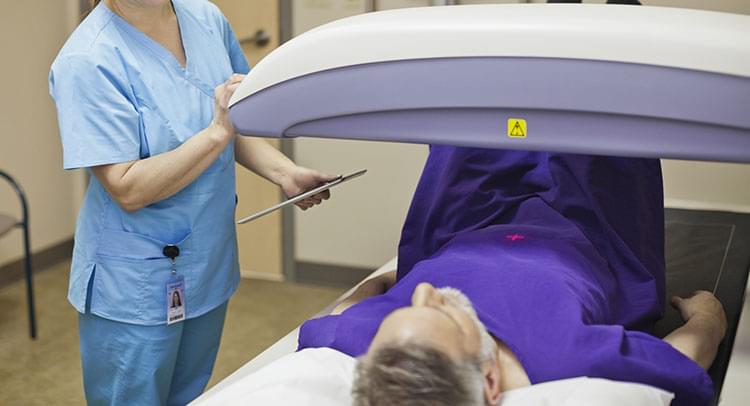Just a few years ago, Berkeley engineers showed us how they could easily turn images into a 3D navigable scene using a technology called Neural Radiance Fields, or NeRF. Now, another team of Berkeley researchers has created a development framework to help speed up NeRF projects and make this technology more accessible to others.
Led by Angjoo Kanazawa, assistant professor of electrical engineering and computer sciences, the researchers have developed Nerfstudio, a Python framework that provides plug-and-play components for implementing NeRF-based methods, making it easier to collaborate and incorporate NeRF into projects. Kanazawa and her team will present their paper on Nerfstudio at SIGGRAPH 2023, and have published it as part of the Special Interest Group on Computer Graphics and Interactive Techniques Conference Conference Proceedings.
“Advancements in NeRF have contributed to its growing popularity and use in applications such as computer vision, robotics, visual effects and gaming. But support for development has been lagging,” said Kanazawa. “The Nerfstudio framework is intended to simplify the development of custom NeRF methods, the processing of real-world data and interacting with reconstructions.”







